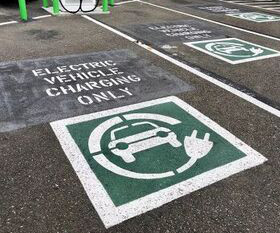UNECE Adopts Type Approval for Electric and Hybrid Vehicles’ Electric Safety Requirements; Applies in 41 Countries
Green Car Congress
MARCH 10, 2010
100 which introduces type approval requirements for all types of electric and hybrid vehicles’ electric safety requirements. 100 will cover a large range of electric vehicles: pure electric, hybrid, plug-in, as well as hydrogen fuel cells vehicles as regards electric safety requirements. 100—currently 41 countries.















Let's personalize your content